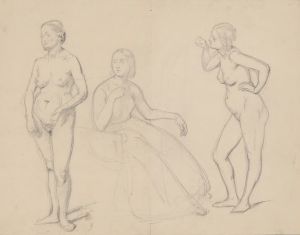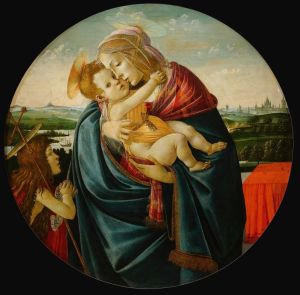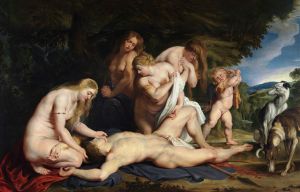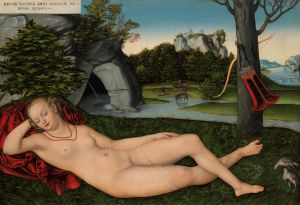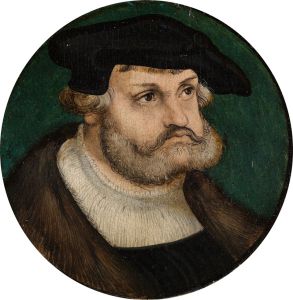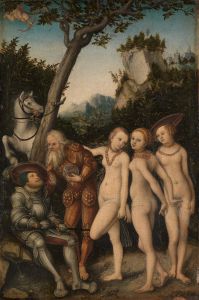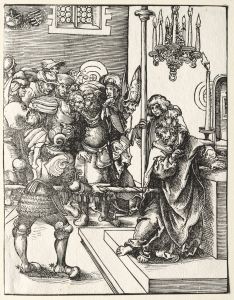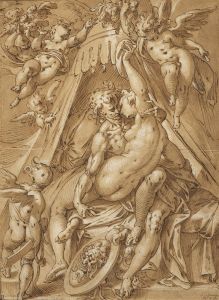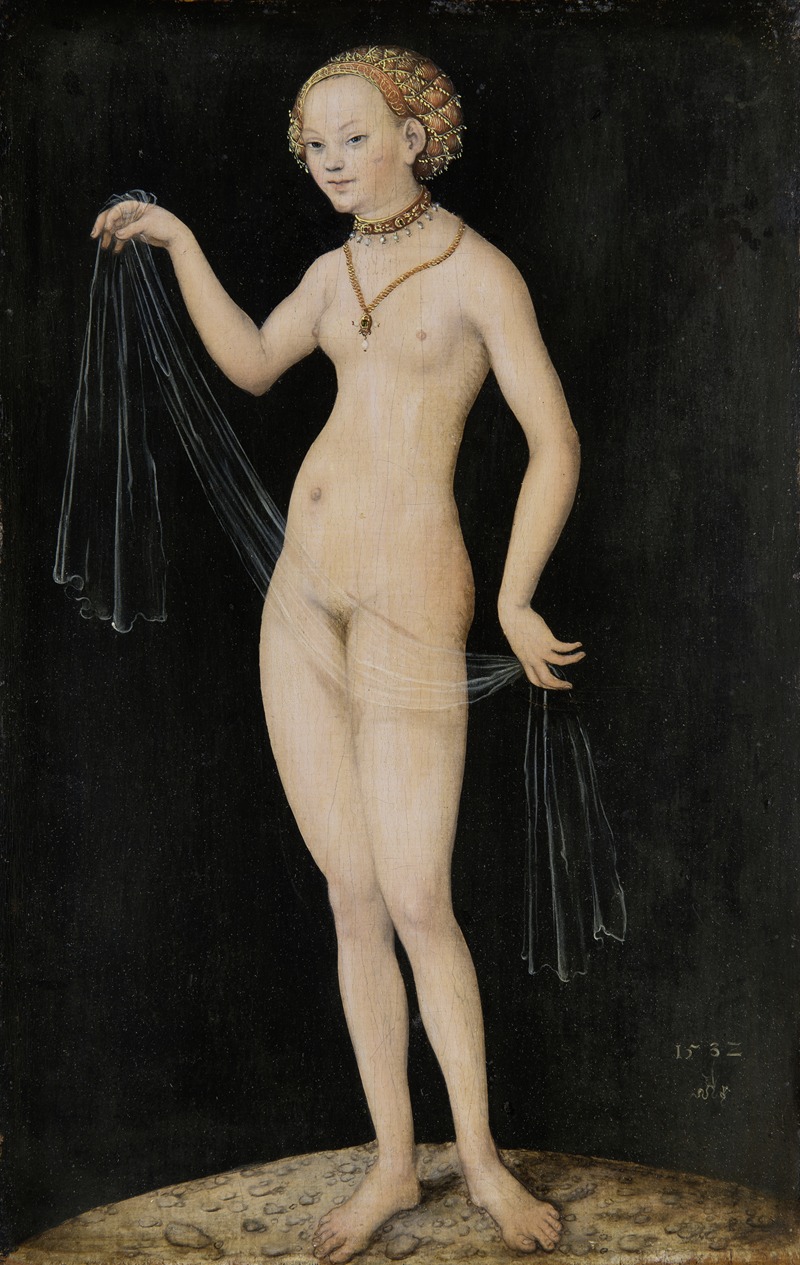
Venus
A hand-painted replica of Lucas Cranach the Elder’s masterpiece Venus, meticulously crafted by professional artists to capture the true essence of the original. Each piece is created with museum-quality canvas and rare mineral pigments, carefully painted by experienced artists with delicate brushstrokes and rich, layered colors to perfectly recreate the texture of the original artwork. Unlike machine-printed reproductions, this hand-painted version brings the painting to life, infused with the artist’s emotions and skill in every stroke. Whether for personal collection or home decoration, it instantly elevates the artistic atmosphere of any space.
Lucas Cranach the Elder, a prominent German Renaissance painter, created several depictions of Venus, the Roman goddess of love and beauty. One of his notable works is "Venus," painted in 1532. This painting exemplifies Cranach's distinctive style, characterized by its graceful figures and attention to detail, and is a fine representation of Northern Renaissance art.
The painting "Venus" by Lucas Cranach the Elder portrays the goddess standing nude, a common theme in Renaissance art that reflects the period's revived interest in classical antiquity and humanism. Venus is depicted with an elongated form, a stylistic choice typical of Cranach's work, which often features slender, elongated figures with small heads and delicate features. This depiction aligns with the aesthetic ideals of beauty during the Renaissance.
In this artwork, Venus is shown holding a transparent veil, which she uses to partially cover herself, adding an element of modesty and allure. The veil is a recurring motif in Cranach's paintings of Venus, symbolizing both vulnerability and seduction. Her pose is relaxed yet elegant, with one hand resting on her hip, conveying a sense of confidence and poise.
Cranach's Venus is set against a dark, neutral background, which serves to highlight the goddess's pale skin and the intricate details of her form. The contrast between the figure and the background draws the viewer's attention to Venus herself, emphasizing her as the focal point of the composition. This technique is a hallmark of Cranach's work, showcasing his skill in creating visually striking images.
The painting is notable for its exquisite attention to detail, particularly in the rendering of textures and materials. The delicate transparency of the veil, the softness of Venus's skin, and the subtle play of light and shadow all demonstrate Cranach's mastery of his craft. These elements contribute to the painting's overall sense of realism and depth, inviting viewers to appreciate the beauty and complexity of the goddess.
Lucas Cranach the Elder was a court painter for the Electors of Saxony, and his works often reflect the tastes and interests of his patrons. His depictions of mythological subjects, such as Venus, were popular among the nobility, who were fascinated by classical themes and the exploration of human beauty and emotion. Cranach's ability to blend these classical themes with Northern Renaissance aesthetics made his work highly sought after during his lifetime.
"Venus" by Lucas Cranach the Elder is housed in various collections, with several versions existing due to the artist's practice of creating multiple iterations of his popular compositions. Each version, while similar, may contain slight variations in details or execution, reflecting Cranach's evolving style and the preferences of his patrons.
Overall, Cranach's "Venus" is a testament to the artist's skill and his contribution to the Northern Renaissance. The painting captures the timeless allure of the goddess while showcasing Cranach's unique artistic vision, making it a significant work in the history of art.





